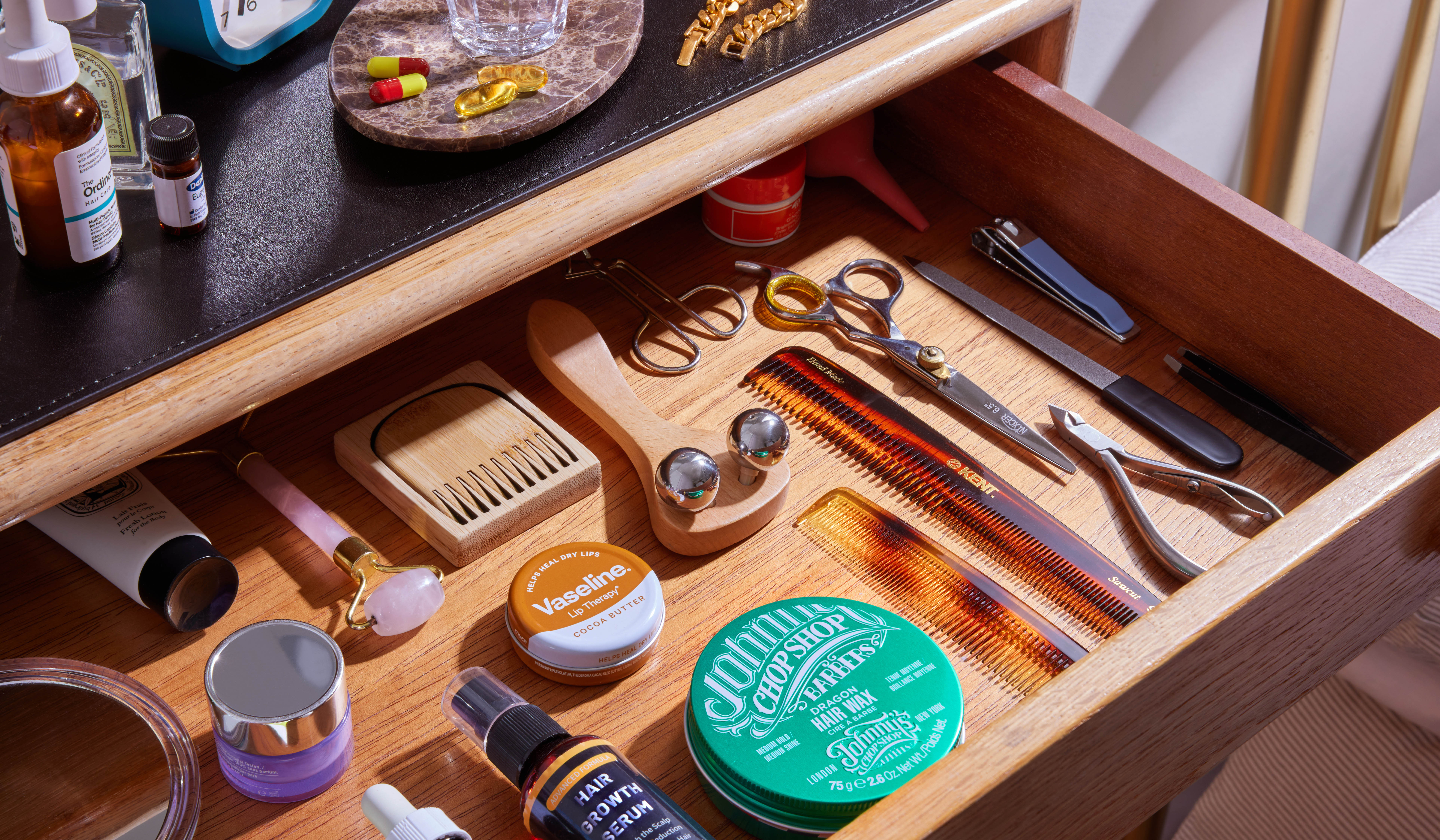How to save your skin in the Yukon winter

The News took your common skincare concerns to the Yukon skincare experts for solutions that don’t involve a trip down south
Each winter, born-and-raised and cheechako Yukoners alike watch as their skin transforms from soft and dewy to scaly, dry and flaky beyond their worst fears. But, there are methods — some of them passed down from generation to generation — to rescue your skin from the Yukon winter.
While dryness is a common complaint, some Yukoners also suffer from skin irritation, facial hair dandruff, frostbite and even sunburn. The News got some insights from local Yukon skin experts on what to do to address these concerns.
When it comes to skin dryness, reconsider your soap, according to Michael Ellis, the health and wellness coordinator at Dawson City’s Yukon Spa. Soap could be a drying agent.
“When we’re kind of looking at people who have dry skin conditions and are getting clinical treatment, one of the first things that we do is, from a kind of outside care point of view, is try to eliminate soaps and add moisturizers,” he said.
The best moisturizer is the one you’re happy using, said Ellis.
For Yukon Soaps founder Joella Hogan, that’s shea butter.
“I tend to, while I’m making soap, take a little bit home and I just use that and rub it directly into my skin, especially post-ski,” she said. It’s a harder oil, and will melt into your skin easily after a shower or bath, she said.
Oils can be useful for both cleansing and moisturizing, said Ellis, as oil cleans oil.
If you have facial hair, oil can also be useful to target the skin underneath, he said.
“I just find with facial hair, particularly the kind of big Yukon beard, if you have something that’s nice and oily that you can get through your facial hair and massage into the skin, it works really well for cleaning the skin and the hair and moisturizing,” said Ellis. He said he knows some people have gotten good results from using coconut oil.
If your skin is sensitive and irritated, oatmeal is a good ingredient to consider for skincare, said Ellis.
The lands which many Yukoners call home also provide many skin-saving ingredients, said Hogan. She makes a salve using the pitch of spruce trees, mixed with shea butter, olive oil and beeswax. She said it’s good for psoriasis, eczema, or even your lips.
“My lips are so chapped right now as we speak, and I didn’t bring any down here with me,” said Hogan, who was out of the territory when speaking to the News.
A salve with Yukon yarrow and poplar is also popular, said Hogan. She made it for hide tanners, who are constantly gripping and working on moose skins, and using cold water.
Knowledge about the ingredients was passed on by elders and through research, said Hogan.
With blustery winds and temperatures that are on the frosty side of twenty below, you’re probably not thinking about using sunscreen, but you should be, said Ellis. UV may be low but the light can reflect off the snow and onto your face, he said.
“So just because the sun isn’t as strong, it doesn’t mean that you still can’t get burned. We do see people with sunburn in January because they’ve been out skiing and it’s been warm enough not to have their face covered,” he said.
Covering up is also important, said Ellis.
“We always tell people to try and reduce exposure. So you know, if you are outside, keeping your face covered as much as possible, so you’re protected from the harshness of the wind and the cold,” he said.
Keeping your skin covered can also protect against frostbite, according to frostbite expert and local surgeon, Alex Poole. You should wear clothing that keeps your toes and hands feeling comfortable.
“The classic one I see when I leave the hospital and I turn right, and there’s all these kids standing outside with running shoes and no gloves on, waiting for the bus,” he says. “So, if they miss their bus, they’re in trouble.”
In his research, he didn’t find anyone who had significant frostbite at temperatures warmer than -14 C. Once it gets to -15 C, the risk increases and at -25 C, there’s a risk of tissue loss with frostbite.
Your toes and fingers may become painful as the surface of the skin nears 15 C, but if you’re getting numb, that’s your body’s last warning sign, he said.
If you think you have frostbite, you should rapidly re-warm your affected area, with warm water said Poole.
“If you’ve been exposed to the cold and after you’ve rewarmed at home, if an hour or two later, your fingers, your skin don’t look normal or on your toes, then you should probably go to the hospital and get checked out, because if you do have severe frostbite, we know that the sooner we treat you with the treatments that we have, the greater the chance that we will save your fingers and toes.”
Contact Talar Stockton at [email protected]
link





